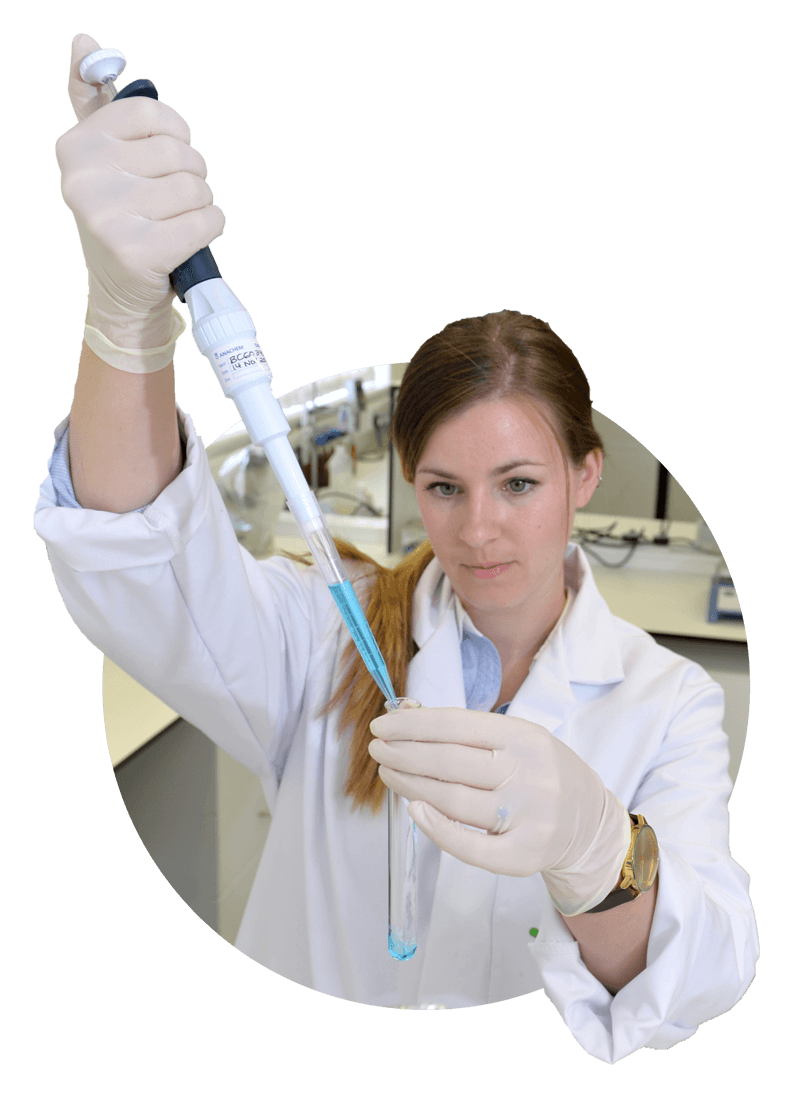This website uses cookies so that we can provide you with the best user experience possible. Cookie information is stored in your browser and performs functions such as recognising you when you return to our website and helping our team to understand which sections of the website you find most interesting and useful.
Introducing the range
Disruptive, innovative microbial and antimicrobial technologies for wastewater treatment applications.


Wastewater Treatment Solutions
- Biofilm Suppression
- BOD/COD
- FOG
- Hydrocarbon Removal
- Odour Degradation
- Reseeding and System Shock
The Problem
- Microbial biofilms present a significant challenge to plant and can result in bio-clogging and bio-fouling issues. Which can lead to blockages and impaired equipment.
- The protective coating of the biofilm allows increased resistance to biocides and prolonged persistence of pathogens such as legionella.
- Biofilm can act as reservoirs for re-inoculation of a system and a hotbed for the generation of biocide resistant bacteria.
Our products
Biofilm Suppression FluidThe Problem
- Excessive BOD / COD concentrations in effluents can cause significant cost associated with their disposal and lead to pollution issues in receiving water bodies.
- Poor heterotrophic growth, limited metabolic potential or plant limitation can lead to poor treatment efficiencies which are not capable of dealing with increasing demands.
- There is a growing need to do more with less.
The Problem
- Fats, Oils and Grease in wastewater systems cause a range of problems including: excess BOD/ COD contributions, clogging and fouling, foaming and floc floatation as well as promoting the growth of filamentous bacteria.
- In many wastewater systems the native microbial population may not have the necessary tools to deal with growing challenge of FOG.
- Enzymes, chemical and poorly designed products may only facilitate the dislodging of FOG moving it downstream and causing the formation of hard FOG scale.
- The Bacillus consortia in Evogen WWT FOG treatment products not only have the tools to make FOG more bioavailable, but also fully degrade FOG and its intermediates to CO2 and water.
The Problem
- Surfactant, phenol and hydrocarbons can pose a significant contamination issue in Municipal and Industrial wastewater effluents and surrounding soils.
- Recalcitrant COD can drive up costs associated with effluent disposal and pollute receiving water bodies.
- Overloading of compounds such as phenol could lead to toxic shocks and reduced system performance.
Our products
PCHThe Problem
- Industrial wastewater and sewage treatment plants are a common source of malodour that can have a big impact on the nearby communities and commercial centres.
- Volatile compounds and amines are organic compounds that confer a range of malodours from body odour to rotting fish, and their production can outstrip the capacity of plants to contain or treat them.
- Many WWT plant odours are caused by biological sulfur-based compounds like hydrogen sulfide (H2S) and mercaptans which are detectable at very low concentrations and are often caused by nuisance bacteria that grow in anaerobic environments.
The Problem
- For a Wastewater Treatment Plant to work to maximum efficiency following startup or following chemical upset, there needs to be an established microbial community at a level required to remove organics within the hydraulic retention time. In order for this microbial community to be effectively retained the microbial community needs to form flocs with good settling properties.
- If either of these events do not take place the start-up period can take a considerable time, causing delays and possible production holdups for industrial wastewater treatment plants.
- Use of activated imported sludge can reduce the start-up / recovery time however it often requires a long acclimation phase and can introduce undesirable organisms to the system such as filamentous bacteria, that can cause foaming and poor sludge compaction.


Talk to our wastewater specialists
At Genesis Biosciences, our wastewater treatment experts use their experience in working with environmental samples alongside molecular and applied microbiology techniques to tackle some of the biggest bioremediation issues facing various industries.
We apply the latest in silico techniques to determine the different genetic attributes and metabolic potentials of the bacteria within our library.
This type of cutting edge genomic analysis helps to not only direct our research but also to ensure all the bacteria that goes into our products are truly application-specific.
Contact us to speak with one of our expert team to discuss your wastewater treatment needs & make a product enquiry.




